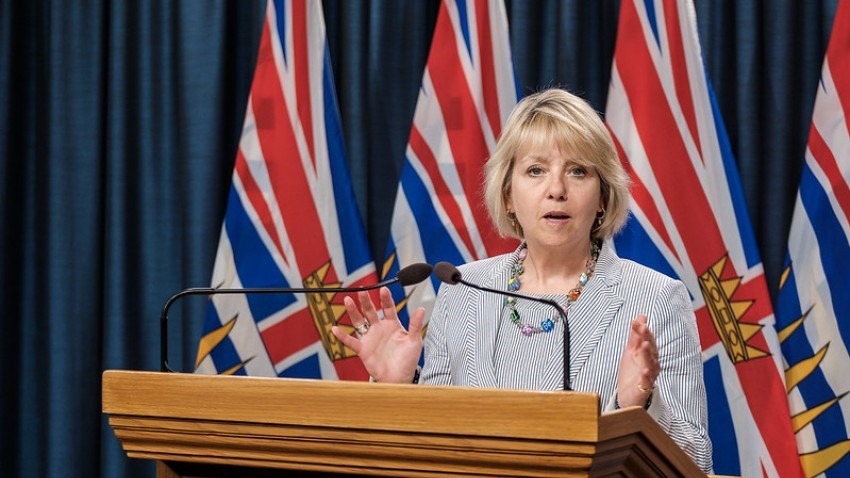With COVID-19 spreading in B.C. for the seventh straight month in July, and most residents enduring cramped lifestyles since March, it is to be expected that many British Columbians are eager to take a vacation and try to enjoy some semblance of their pre-pandemic lives.
Government officials have strongly encouraged staycations, or trips to communities within B.C.
While B.C. never banned other Canadians from visiting, Premier John Horgan, Health Minister Adrian Dix and provincial health officer Bonnie Henry have long urged only essential visits by people from other provinces. They have also urged those visitors to take the same precautions as British Columbians to prevent the spread of COVID-19.
The U.S. border remains shut to non-essential travel and, while easing that is a federal decision, Henry said on July 6 that she “cannot see vacation travel this summer from the U.S., given the rates that we’re seeing, and how widespread [COVID-19] is in the U.S.”
Dix added the same day: “I don’t think [opening the border to non-essential visits] will be anytime soon.”
While the Canadian Constitution guarantees freedom of mobility between provinces, that has not stopped some provinces and territories from putting checkpoints on entry roads and screening visitors to ensure only essential travellers get through.
Nunavut, the Northwest Territories and the four Atlantic provinces all have restrictions in place.
The Northwest Territories’ chief public health officer, for example, has mandated that all travellers arriving in the territory must self-isolate and stay at home for 14 days after arriving and to stay at Yellowknife, Hay River or Fort Smith – not any of the smaller communities.
Regardless of any potential Constitutional argument to be able to visit these areas, it is likely more practical for B.C. travellers to simply abide by regulations at their chosen vacation spot.
Like B.C., Canada’s largest provinces, Ontario and Quebec, have no interprovincial travel restrictions, although parts of those provinces, such as the Cree Territory of James Bay, may have restrictions for weeks to come.
International travel adds another dimension of risk.
Most major travel insurers have said that they will not cover COVID-19-related claims on trips that originated after March 13, when Canada issued a global travel advisory to avoid all non-essential travel outside of the country.
Flare-ups of the pandemic happen regularly around the world, so travelling without insurance is dangerous and potentially costly. If infected, a quick flight home may not be an option.
Popular attractions at destinations may also be closed, and regions may put new restrictions in place at a moment’s notice.
If that is not enough of a deterrent, many international flights out of Vancouver International Airport remain grounded, meaning that multiple flights may be required to get to a chosen destination.
Within two weeks in late June and early July, passengers on 20 Canadian flights were warned that they may have been exposed to the virus because someone on board had tested positive. Five of those flights either originated or departed Vancouver.
With major Canadian airlines selling as many seats on their planes, even middle seats, a survey of Canadians by Leger and the Association for Canadian Studies, and carried out July 3 through July 5, found that 72% of respondents said they were not comfortable flying.
If that translates into fewer passengers, more flights could be cancelled.
Those who remain undaunted could seek to travel to Europe, given that the European Union listed Canada as one of 14 countries whose citizens are allowed to visit the EU as of July 1.
Time-to-Travel.ca lists countries that allow Canadian tourists, as well as restrictions on those visits.
Some Caribbean countries, such as Aruba, Bahamas and Bermuda require visitors to upload the results of a negative COVID-19 test taken within various time frames of arrival.
The biggest deterrent to international travel may be that all travellers will have to quarantine, or self-isolate, for 14 days upon their return.
The penalty for breaking that self-isolation runs as high as $750,000. If the person who breaks the quarantine causes death or bodily harm as a result of his or her action, the penalty could be as high as $1 million.
That federal restriction is in place until August 31, though that may be extended.
Read more from Business In Vancouver



